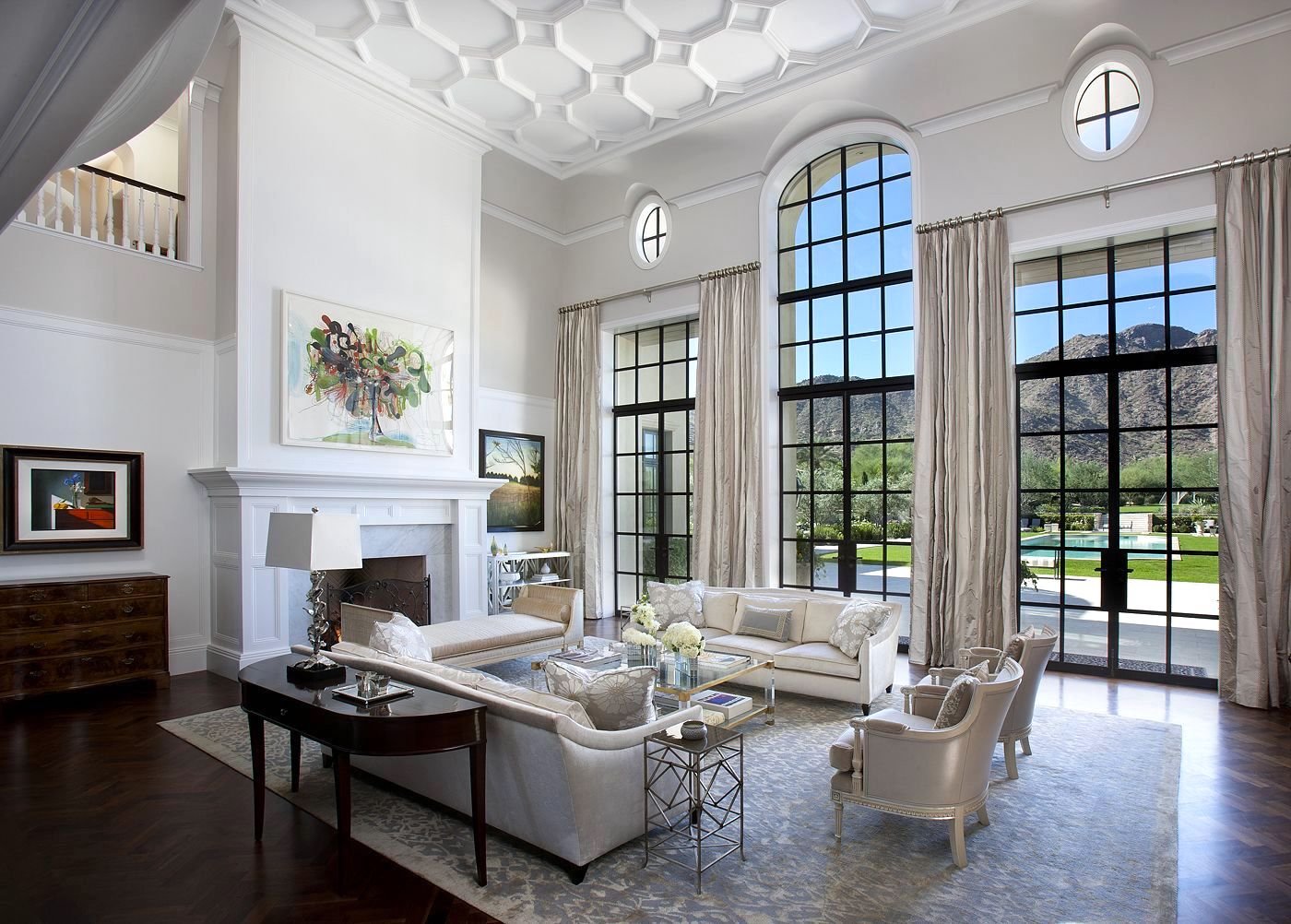In the process of designing indoor spaces, the terms “interior architecture and interior design” are frequently referenced as the same thing. But there are distinct differences between the two as each play distinct roles in the way we view and interact with the spaces. Below we will discuss the essential elements of interior architecture and design and interior design, providing you with a better knowledge of their main scope, their similarities and the differences.
What Is Interior Architecture?
The field of interior architecture encompasses a field that combines engineering and art. It involves conceiving the design and arrangement of an indoor space with a focus on the aesthetics as well as functionality. Interior architects create the “bones” of a building's interior. In particular, they determine which walls to put where, as well as how lighting should be integrated into the design, electrical wiring, HVAC, as well as how best to use spaces in the most efficient way. Many interior architects are staying informed on the latest sustainability products and regulations.
An important part of architecture for interiors is the focus on the technical and structural aspects. It requires a strong understanding of building codes, safety regulations, and construction practices. Interior architects often rely on Construction Takeoff Services to accurately determine material quantities and costs, ensuring their designs are both practical and within budget. They collaborate closely with engineers, architects, and construction teams to ensure that every element of the design is feasible and aligns with the overall construction plan.
Key Responsibilities of Interior Architects
Designing layouts that improve the efficiency and flow of the space
In the design phase, indoor structures are created such as ceilings, walls, and stairs
Making sure that designs conform to City zoning, safety regulations and standards
Working with architects, construction teams
Utilizing tools such as CAD software to draw detailed plans
What Is Interior Design?
Interior design on the other hand tends to focus more on the aesthetics and furniture. Interior designers choose furnishings, colors, textiles as well as lighting and décor to express a particular atmosphere or look.
Interior designers strive to create areas that are beautiful as well as functional. They take into consideration the requirements of the individuals who will be using the space to ensure that the space is suitable for their needs or working practices. Contrary to architects, interior designers typically work with existing spaces instead of modifying layouts and walls.
Interior architects generally take classes in architecture, building design or any closely related subject. Licenses may also include tests like those of the Architectural Registration Exam. Interior designers often pursue degrees in interior design or fine arts. They also obtain certifications such as NCIDQ (National Council on Interior Design Qualification).
Key Responsibilities of Interior Designers
Selecting colors, fabrics as well as furniture
Setting up decor in order to make a welcoming atmosphere
Making sure that the spaces accommodate clients desires and requirements
Investigating trends and techniques to bring a contemporary design
Coordination with artisans, suppliers and other vendors in order to procure furniture and other material
As an example, for the process of redesigning a living space, interior designers could choose a sofa that is suitable for the space’s dimensions, then add curtains and rugs, and include artwork that ties the room together. The focus would be on mixing design and comfort and practicality while making sure that everything functions harmoniously in the space.
How These Disciplines Work Together
Although they have distinct features in terms of interior and exterior architecture, the two design are often in a similar. Interior architects can design the structural modifications that will allow greater lighting and more spacious areas, while designers improve the appearance of spaces by using stunning furnishings and materials. They create environments that function well and are visually pleasing.
When designing for a restaurant, the interior designer might be focused on maximising seating space while also incorporating emergency exits and kitchens into the plan. The interior designer will utilize lighting, furniture, and decor to achieve the mood they want, be it you prefer a warm or lively.
Choosing Between and Architect and Interior Designer
If you are in need of hiring someone to help you with your space or contemplating a career in this field, your decision is based on your needs or preferences.
Interior Architecture: Choose Interior Architecture if you're making major changes in a room for example, the removal of walls, constructing partitions and enhancing the technical components such as plumbing and wiring.
Interior Design: If you're looking to freshen up your space by adding fresh furniture, cabinentry, lighting, or other decorative elements.




